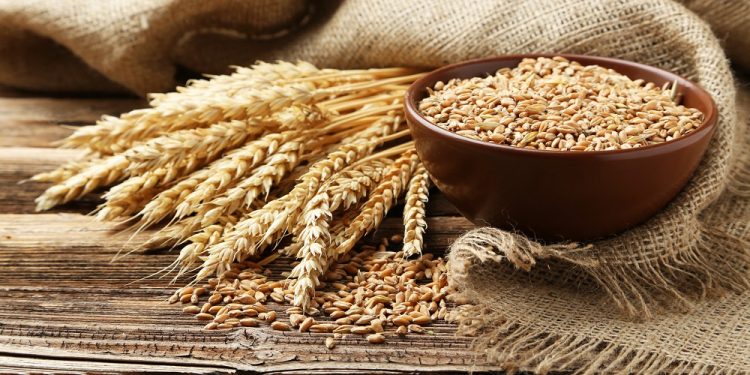
Lammas
Lammas is a harvest holiday celebrated on August 1st in the Northern Hemisphere and on February 1st in the Southern Hemisphere. It is a holiday celebrated by some people in various English-speaking countries, including England, Ireland, Scotland, and the United States. Depending on whether the day is celebrated as a Christian holiday or as a pagan holiday, it can be used to celebrate the forthcoming harvest or in honor of the god Lugh – the master of skills. Since the dawn of civilization, grain has been crucial to mankind. So much so, that it has often been associated with birth and death. A prime example is found in the Greek legend of Adonis. According to the legend, Adonis was the god of grain and rebirth and was also quite handsome. Handsome enough for two goddesses, Aphrodite and Persephone, to vie for his affections. However, the endless feuding between the two goddesses enraged Zeus so much that he decided to end the fight by ordering Adonis to spend six months of the year with Persephone in the Underworld and the rest of the time with Aphrodite. This was the Greeks’ explanation for spring and summer – when things grew, and fall and winter – when things died. However, the legend of Adonis is not the first grain-centered legend ever created. That honor goes to Sumeria. There, a legend about the god Tammuz arose many years before the Greek legend of Adonis. In this legend, the god Tammuz was killed, which so grieved his widow Ishtar that she caused nature to cease producing. Nature wouldn’t begin to produce again until she went to the underworld and brought him back. As you can see, the story of Adonis closely mirrors this story and likely served as an inspiration for it. In Old English, Lammas comes from the phrase “hlaf-maesse,” which roughly translates to “loaf mass.” This is because during this time, when bread was made from the first harvest’s grains, the first loaves were often blessed by the Church. This is why it is still celebrated today as a Christian holiday. However, Lammas also has its roots in the pagan traditions of the time and was used to honor Lugh, the Celtic god of skilled workers and craftsmen. While some Christian communities may still practice a “blessing of the loaves” on Lammas, it is a tradition that is beginning to fade. Nowadays, most Christians who wish to celebrate Lammas do so by attending mass or by decorating their homes with fall symbols such as corn husks, wheat strands, apples, and other traditional harvest symbols. For neo-pagans and Wiccans, Lammas is the first of three harvest festivals. On this day, some Wiccans celebrate by baking Lammas bread men. They also feast on a variety of foods, which may include Lunastain Fry Bread, Colcannon, barley soup, and chicken. It is also celebrated with symbols of the harvest season, which may include corn dolls, cornhusk chains, pentacles made out of wheat or grapevines, and apple candle holders.History of Lammas
Lammas Customs & Traditions








